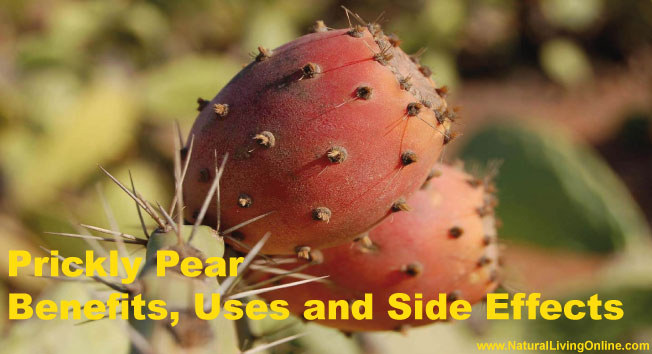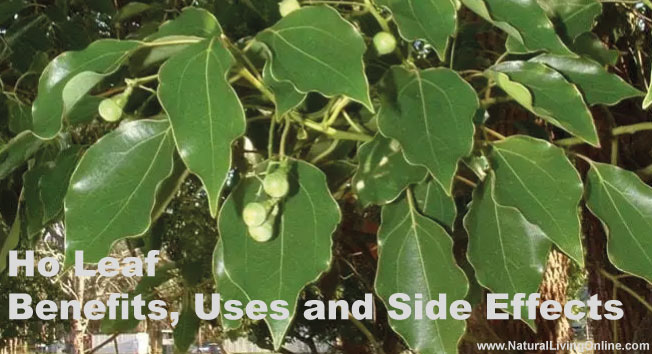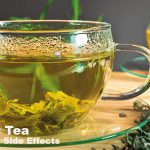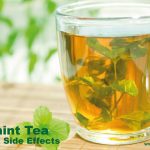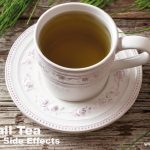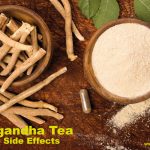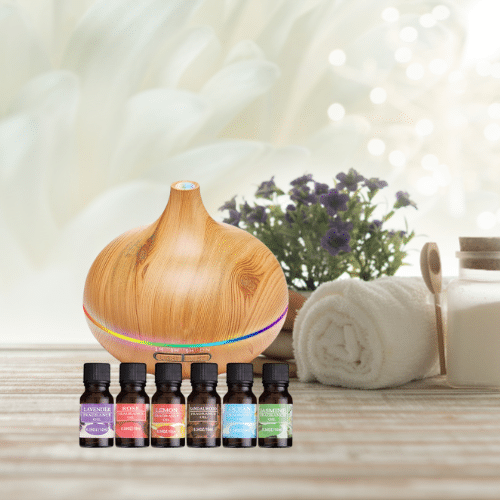Prickly pear seed oil is derived from the seeds of the prickly pear cactus. Prickly pear seed oil is rich in nutrients like vitamin E, essential fatty acids, and antioxidants. These nutrients make it a popular ingredient in many beauty products, as they can help to protect the skin from damage and keep it healthy. Prickly pear seed oil is also said to have anti-inflammatory properties, which means it can help to reduce swelling and redness in the skin. It’s also been shown to boost collagen production, which can help to keep the skin looking young and healthy.
Essential Oil Profile / Monograph
Botanical Name: Opuntia ficus-indica
Common Names: Prickly pear, Indian fig, cactus fruit
Plant Family: Cactaceae
Countries of origin: Mexico, South America, Africa
Extraction Method: Cold pressing
Parts Used: Seeds
Essential Oil smell: Fruity, floral
Essential Oil Color: Yellow to green
Viscosity: Medium
Perfumery Note: Middle
Strength of Aroma: Medium
Blends Well With: Rose, jasmine, citrus oils
Therapeutic Properties: Antioxidant, anti-inflammatory, collagen-boosting
Uses: Skin care, hair care, massage
Contraindications: Not known but If you are taking any medications, consult a doctor before using prickly pear seed oil.
Side Effects: Prickly pear seed oil is generally safe to use. However, it can cause skin irritation in some people. If you experience any irritation, discontinue use and consult a doctor.
Prickly Pear Seed Essential Oil Chemical Constituents:
Linoleic acid (omega-6 fatty acid): 60-80%
Oleic acid (omega-9 fatty acid): 10-30%
Palmitic acid: 5-15%
Vitamin E: 2-6%
Beta-carotene: 0.5-2%
Linalool: 0.1-1%
Geraniol: 0.1-1%
Frequently Asked Questions
What is Prickly Pear Seed?
Prickly pear seed is the seed of the prickly pear cactus. The cactus is native to Mexico, South America, and Africa, and has been introduced to other parts of the world, including the Mediterranean. The cactus fruit is often used in juices, jams, and jellies. The seeds can be used to make a type of flour, and the oil from the seeds is used in cosmetics and as a cooking oil.
What are the benefits of Prickly Pear Seed Essential Oil?
Prickly pear seed oil is rich in nutrients like vitamin E, essential fatty acids, and antioxidants. These nutrients make it a popular ingredient in many beauty products, as they can help to protect the skin from damage and keep it healthy. Prickly pear seed oil is also said to have anti-inflammatory properties, which means it can help to reduce swelling and redness in the skin. It’s also been shown to boost collagen production, which can help to keep the skin looking young and healthy.
Prickly pear oil contains high levels of antioxidants and has antibacterial properties which makes it an ideal choice to prevent skin damage.
Source
What are ways to use Prickly Pear Seed Essential Oil?
Prickly pear seed oil can be used in a number of ways. It can be added to lotions and creams, or used as a massage oil. It can also be used in bath products, or diluted and used as a body oil.
How can I use Prickly Pear Seed Essential Oil internally?
Prickly pear seed oil is not meant to be taken internally.
How can I use Prickly Pear Seed Essential Oil topically?
Prickly pear seed oil can be applied directly to the skin, or added to lotions, creams, and other products. It’s important to dilute the oil before applying it to the skin, as undiluted oils can cause irritation.
Diffuser blends for aromatherapy with Prickly Pear Seed Essential Oil:
Prickly Pear & Rose: 2 drops of prickly pear seed oil, 2 drops of rose oil
Prickly Pear & Jasmine: 2 drops of prickly pear seed oil, 2 drops of jasmine oil
Prickly Pear & Citrus: 2 drops of prickly pear seed oil, 2 drops of lemon or orange oil
Prickly Pear & Lavender: 2 drops of prickly pear seed oil, 2 drops of lavender oil
Prickly Pear & Peppermint: 2 drops of prickly pear seed oil, 2 drops of peppermint oil
Prickly Pear & Cinnamon: 2 drops of prickly pear seed oil, 2 drops of cinnamon oil
Prickly Pear & Ginger: 2 drops of prickly pear seed oil, 2 drops of ginger oil
How can I use Prickly Pear Seed Essential Oil in bath?
Prickly pear seed oil can be added to baths, or diluted and used as a body wash. It’s important to dilute the oil before adding it to the bath, as undiluted oils can cause irritation.
Historical use of Prickly Pear Seed as a herbal medicine:
Prickly pear seed has been used for centuries in traditional Mexican medicine. It’s been used to treat a variety of conditions, including stomach problems, skin diseases, and respiratory infections.
Is Prickly Pear Seed Essential Oil safe for kids?
Prickly pear seed oil is not recommended for use on children.
Can Prickly Pear Seed Essential Oil be used on pets?
Prickly pear seed oil is not recommended for use on pets.
DIY recipes using Prickly Pear Seed Essential Oil:
Prickly Pear & Rose Body Lotion: 2 tablespoons of prickly pear seed oil, 2 tablespoons of rosehip oil, 1 tablespoon of beeswax, 1/4 cup of shea butter, 1/4 cup of cocoa butter, 1/2 cup of almond oil, 10 drops of rose essential oil
Prickly Pear & Jasmine Body Wash: 1/4 cup of prickly pear seed oil, 1/4 cup of liquid castile soap, 1/4 cup of jojoba oil, 10 drops of jasmine essential oil
Prickly Pear & Citrus Lip Balm: 1 tablespoon of prickly pear seed oil, 1 tablespoon of beeswax, 1 tablespoon of coconut oil, 10 drops of lemon or orange essential oil
Prickly Pear & Lavender Bath Bomb: 1/2 cup of baking soda, 1/4 cup of citric acid, 1/4 cup of cornstarch, 1/4 cup of Epsom salt, 1 tablespoon of prickly pear seed oil, 10 drops of lavender essential oil
Prickly Pear & Ginger Soap: 1/4 cup of prickly pear seed oil, 1/4 cup of olive oil, 1/4 cup of coconut oil, 1/4 cup of castor oil, 1/2 cup of lye, 10 drops of ginger essential oil
References:
This website does not provide medical advice.
All information provided on this website, and on associated social media networks, including but not limited to texts, images, and numbers are for general information purpose only. It is not intended as medical advice and it does not include all possible precautions, side effects, or interactions that may occur. Neither NaturalLivingOnline.com nor its author/founder take responsibility for how you use this information. Statements contained on NaturalLivingOnline.com have not been evaluated by the FDA. You should conduct thorough research via multiple sources and consult your physician or qualified doctor before using any essential oil or herbal remedy. Information on NaturalLivingOnline.com must not be relied upon for medical, legal, financial or other decisions.
